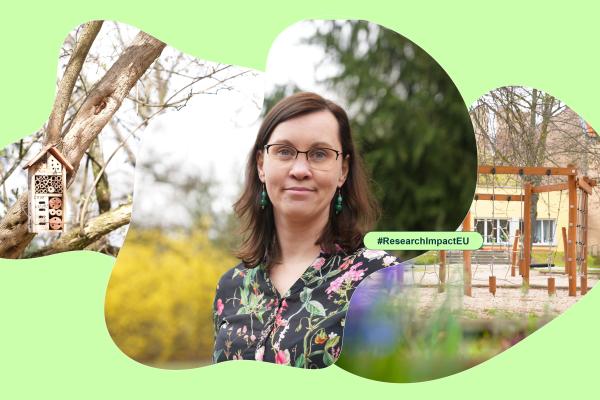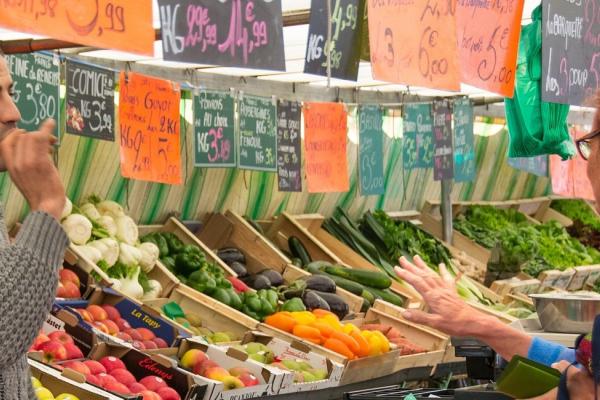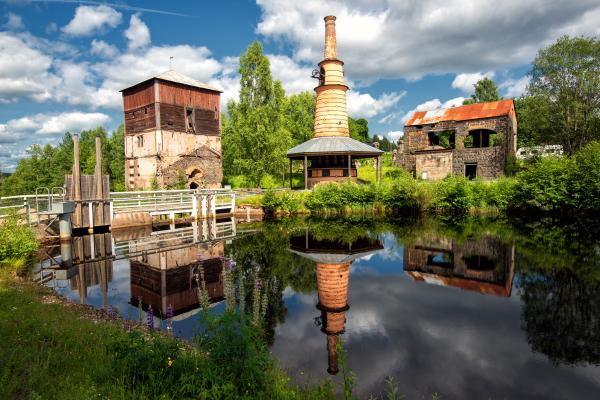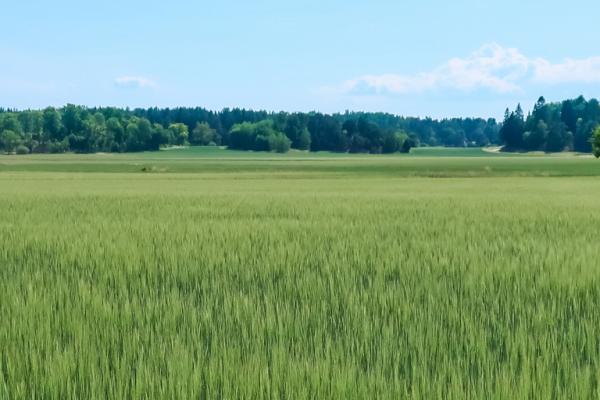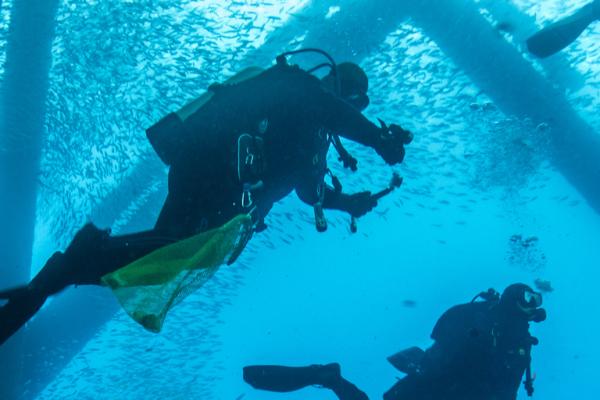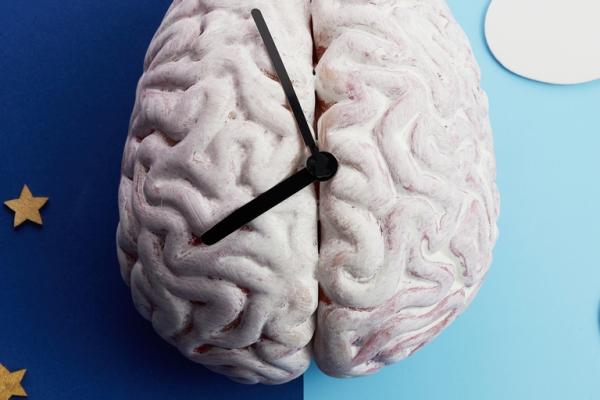Amid international supply-chain disruptions, the EU is stepping up efforts to ensure the European food system benefits family farmers, Europe’s regions and its consumers.
As biodiversity declines and causes reductions in the genetic variation of animals, historic genomes offer clues for conservation.
The answer to cleaning up contaminated industrial sites in Europe could lie in the microbes that are already there.
Greater understanding of how corals reproduce and react to climate change will bolster conservation and restoration.
While the industry consumes lots of trees and produces plenty of waste, grass packaging and new construction materials point toward a more sustainable path.
In the face of environmental challenges, one kind of ant gets better at growing food and an African wasp species may become more cooperative.
Ivory from an ancient shipwreck off Spain is providing data that might aid conservation of modern elephant populations.
Amid rising sea levels, plastics pollution and overfishing, the emerging Internet of Underwater Things will vastly expand knowledge about the world’s seas.
Life patterns help humans and other animals stay in sync with nature and in good form.
Efforts to improve biodiversity in Europe’s woodlands will help them better withstand the stresses of climate change.


